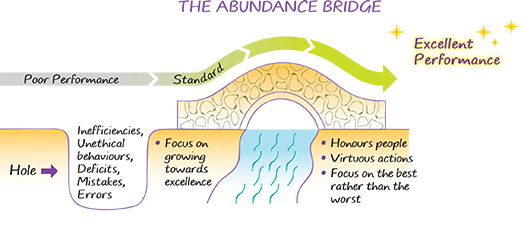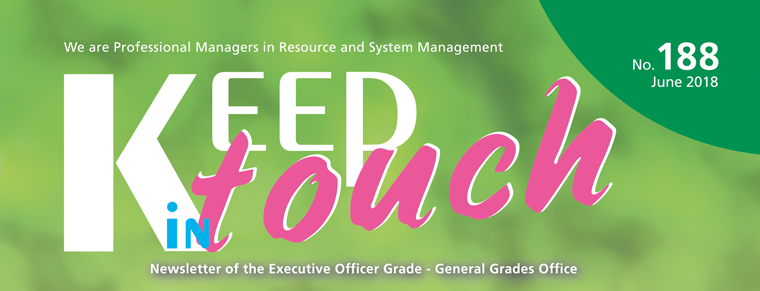
Many people confuse positive psychology with positive thinking, but they are actually two different concepts. Positive thinking suggests that the universe is fundamentally benevolent and is imbued with a strong belief in the ‘magical’ power of positive thinking. Practitioners of positive thinking often assert that people can use the power of their mind to cure their own ills. However, this approach is sometimes criticised as being religious in nature because the believers offer hope and they bypass harder routes to achieving what they want. The book mentions some extreme and unsuccessful applications of positive thinking. In 2010, three people died and 20 were injured in a steaming ritual. There is also a history of people being injured from fire-walking.
The hidden message of positive thinking is that we can take control. In a way, it is suggesting that we are responsible for what happens to us. Negative things that happen to us are our own fault because we are not positive enough.
Positive Psychology, on the contrary, embraces a body of knowledge backed by scientific and academic studies and experiments. It accommodates the reality, the necessity and the importance of negativity to human wellbeing. By recognising that we don’t know all the causal relationships that affect the world around us, we occasionally make mistakes. Even well-intended behaviours could have adverse outcomes. It is not uncommon that bad things happen to people through no fault of their own. That is life. Positive Psychology is about pursuing wellbeing and enhancing our capacity to experience positive emotional states, even when facing difficulties. The application of Positive Psychology at work is, therefore, an ethical endeavour in its own right.

The book Positive Psychology at Work aims to help readers to discover how to help organisations unleash their potential for good. Yet, it is not about helping leaders to get more out of people in terms of hours or effort by so-called management strategies and tactics. Instead, it gives guidelines on ethically viable choices to help people to pursue wellbeing at work and to build a growth-enhancing working life. In other words, positive psychology suggests that good organisation results happen to you when you are busy making your organisation a good place to be and that there is no shortcut.

There is the inspiring concept of building ‘The Abundance Bridge' in an organisation. The idea is to make up a culture which focuses on creating an abundance of good and positive things within the organisation — an abundance culture that is flourishing, benevolent and generous. In such organisations, leaders honour people and their contributions. People take virtuous actions seriously.

Increasingly, research is demonstrating that virtuous actions, like being helpful to each other, sharing information and forgiving people when they make mistakes brings a greater sense of empowerment. It also allows people in the organisation to be themselves at work so they can gear up to improving things rather than wasting time defending themselves or justifying mistakes. That explains why the level of virtuousness (trust, optimism, compassion, integrity and forgiveness) in an organisation is found positively correlated with the perceived performance (innovation, quality, turnover and customer retention).

The author reminds us that change is a moral act, i.e. any deliberate attempt at organisational change is not value-free. It is not simply logic; rather it is a moral decision. In other words, inherent in any suggested change, e.g. downsizing, enhancement or re-organisation, is the idea that something is better than something else. The decision involves judgements of good and bad, right and wrong. Precisely, there is human judgement about the ‘problems’ of an organisation. Thus, attempting to bring about a change in culture is a moral act to make things better. As such, it is wise to involve everyone in deliberations on moral judgements since none of us has a monopoly on morality. If we wish to create a positive workplace, we need to help people to release the positive potential of the organisation. Employee engagement is therefore important in organisational change because active engagement is essential to allowing colleagues to feel responsible for and committed to excellence.

Appreciative inquiry is another concept introduced in this book. It is a positive change methodology that helps organisations identify the root causes of their success, releasing the positive potential of its processes and creating positive change. The idea is that what we focus on becomes our reality. The way of asking questions of an organisation or a group influences the group in some ways. Contrary to negative inquiry that focuses on fault finding, we should ask questions that can effect change. Appreciative inquiry is about inquiring in an appreciative way that focuses on the best of the present and the past. By doing so, it liberates positive emotions such as joy, passion, excitement and pride. It also creates a conscious image of a better future based on an expansion of the existing positive core.
Here the idea of the ‘strengths approach’ comes into play. In the course of identifying how positive change can be created, we should focus on what is right, what is working and what is strong. It suggests that we should recognise strengths as part of our basic human nature and that every person deserves respect for their strengths. Actually, our areas of greatest potential are in the areas of our greatest strengths. Using our strengths is a small thing we can do to make a huge difference to the organisation. |

